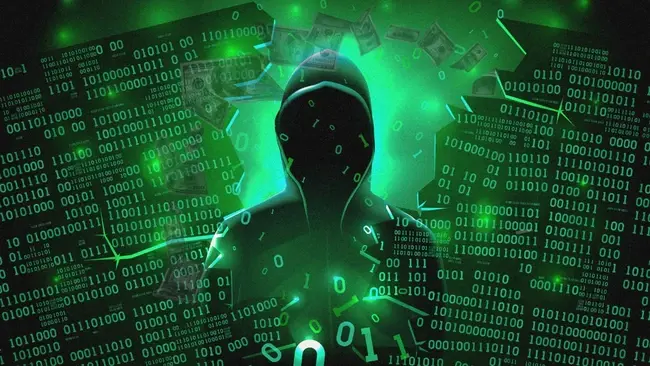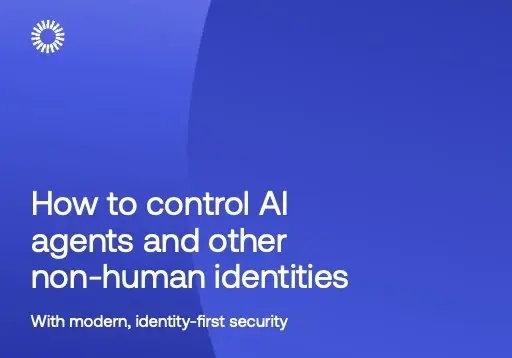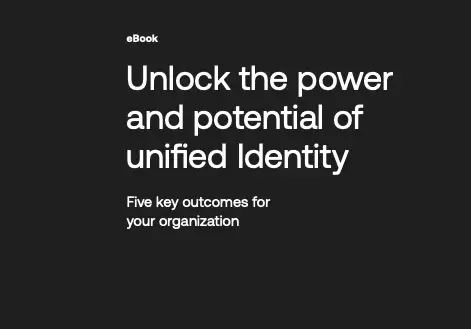Cyber attacks can be devastating. Not only do they put a company’s reputation at risk, but they can also lead to sensitive data being passed to criminals on the dark web, potentially impacting the lives of millions of unknowing victims.
At the same time, cyber attacks and data breaches can be incredibly expensive. From recovery costs to compliance penalties and fines, companies are often forced to pay out tens if not hundreds of thousands of dollars following an attack.
But how costly can a cyber attack really get?

Why are cyber attacks so costly?
Cyber attacks are expensive because they don’t just cause immediate disruption, but also long-term damage.
A single cyber attack can shut down an organization’s critical systems and grind entire businesses to a halt. This leads to lost sales, missed deadlines, and a general drain on productivity. Imagine a supermarket being unable to access its payment systems due to ransomware – that's a costly disruption.
At the same time, cyber-attacks and data breaches erode trust in an organization. Customers may be hesitant to do business with a company that can't safeguard their personal information. Rebuilding a damaged reputation takes time and money.
The impact of a cyber attack can also linger for months or even years. Companies may need to offer credit monitoring or refunds to affected customers and there’s the ongoing cost of beefing up cybersecurity measures to prevent future attacks.

That doesn’t include the legal costs associated with breaking security and data compliance regulations, either. Recent research by ISMS.online revealed that a single cyber attack costs UK businesses an average of £237,432 in fines after a data breach due to a violation of data protection laws following an incident.
And a 2023 IBM report revealed that over half of organizations are also required to increase security investments as a result of a breach, including incident response (IR) planning and testing, employee training, and adopting threat detection and response tools.
Most Expensive Cyber Attacks and Data Breaches in History
With attacks becoming increasingly common and more sophisticated, more and more companies are falling victim to attacks in 2024 – and those that aren’t are splashing out big bucks to protect themselves against the risk.
Each one of these attacks is becoming more expensive, with some recent attacks ranking amongst some of the costliest cyber attacks ever. But how expensive can a cyber attack get?
In this list, we’re counting down ten of the most expensive cyber attacks in history, exploring the costly impact each data breach had on its victims.








Comments ( 0 )